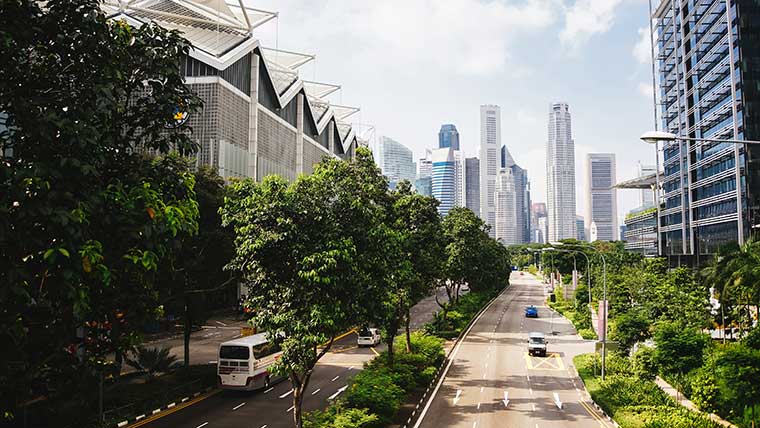Stormwater design philosophy doesn’t change very often or very quickly. Many of the tools and devices used in conventional stormwater design, or “gray” stormwater infrastructure, have remained fundamentally unchanged for decades. Growing acceptance of Green Stormwater Infrastructure, or GSI, presents the opportunity for a paradigm shift among stormwater design and management professionals and owners. We’ve written before about this shift; these changes offer impressive results and appealing benefits beyond stormwater management.
Green Stormwater Infrastructure (GSI) uses design informed by natural hydrologic systems to mimic pre-development hydrology. This is done while developing sites for economically and socially beneficial uses, such as housing, transportation infrastructure, commercial buildings, and institutional facilities. By integrating stormwater management considerations from the very beginning of project development, GSI uses a diverse array of space-efficient and nature-inspired stormwater control devices and practices to control and treat stormwater at its source. By contrast, conventional “gray” stormwater infrastructure relies on closed drainage systems and large, centralized facilities designed to meet regulatory requirements. These may not allow for efficient use of project sites and do not offer benefits beyond stormwater management considerations.
GSI stormwater control measures employ pervious surfaces, vegetation, and intelligent hydraulics to promote stormwater infiltration, storage, and treatment. These measures help control the threat of flooding and water pollution. Because it simulates components of forests, meadows, streams, and ponds developed by nature, GSI manages stormwater as efficiently as possible, while also remaining resilient in the face of climate change. Typical devices and practices used in GSI include:
- Bioretention cells
- Bioswales
- Permeable pavements
- Disconnected impervious surfaces
- Green roofs
- Urban rain gardens and planter boxes
In addition to stormwater management, GSI provides economic, environmental, and social benefits. The natural and green spaces introduced through GSI create habitat for beneficial invertebrates and birds. These spaces also increase site aesthetics, which promotes foot traffic in commercial areas, and encourages outdoor activity and a stronger sense of community in residential areas. Additionally, property values have been shown to increase when residential streets are retrofitted using GSI.
GSI can be particularly useful in urban areas, where a high percentage of impervious area and lack of green space are often issues. However, the benefits of GSI can be realized anywhere that natural systems are disrupted to meet housing, transportation, or economic needs. In areas where conventional “gray” stormwater infrastructure exists, GSI can be used to supplement existing infrastructure to provide additional benefits.
Typical barriers for GSI include cost concerns and maintenance commitments. However, total lifecycle cost can often be lower than that of conventional “gray” stormwater infrastructure, and a knowledgeable and passionate design firm will provide owners a comprehensive, easily-implemented maintenance plan.
As we work to protect our communities against flooding and water pollution and enhance resiliency to climate change, GSI use will continue to accelerate—and the benefits will extend far beyond stormwater management.



